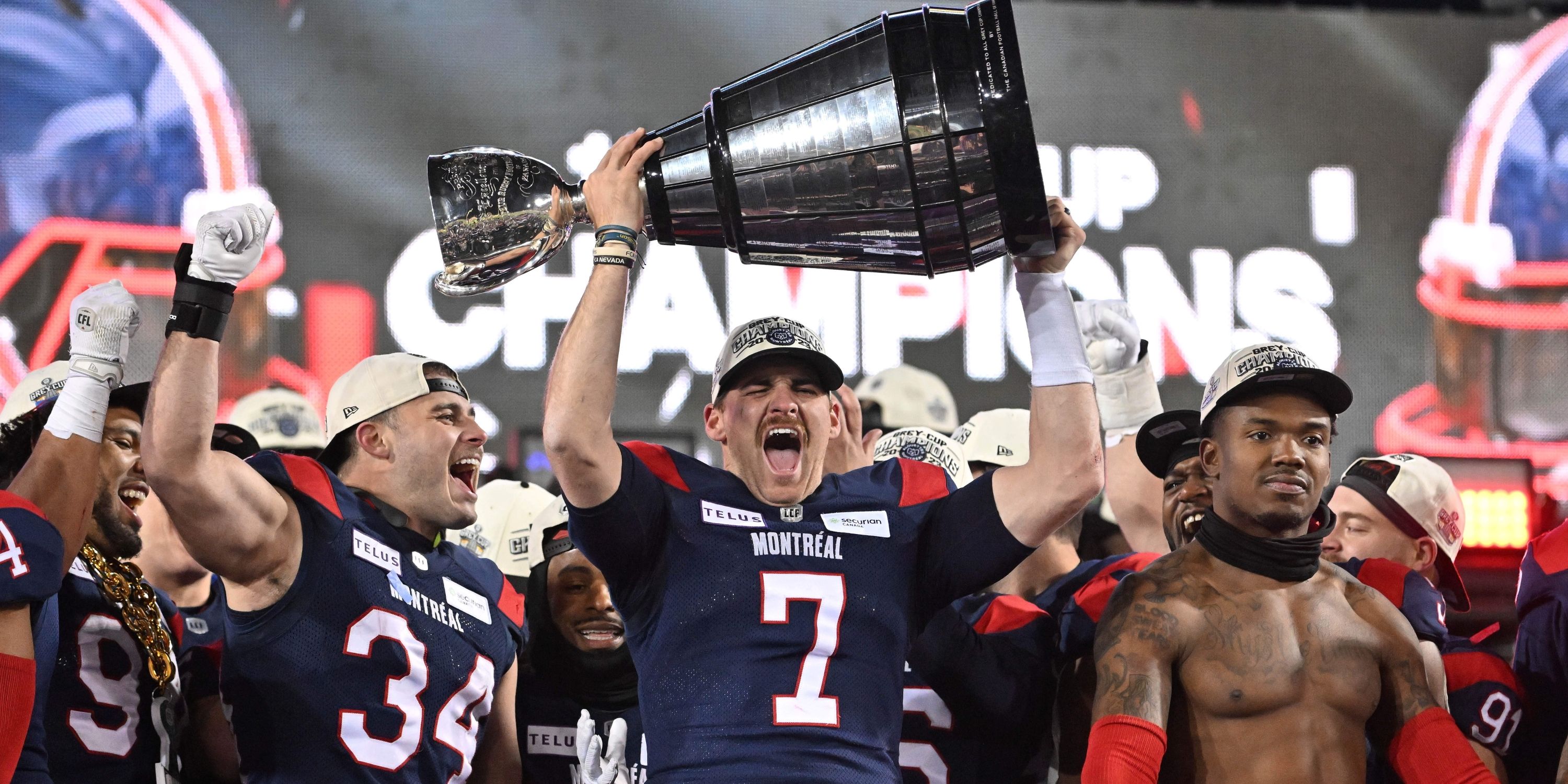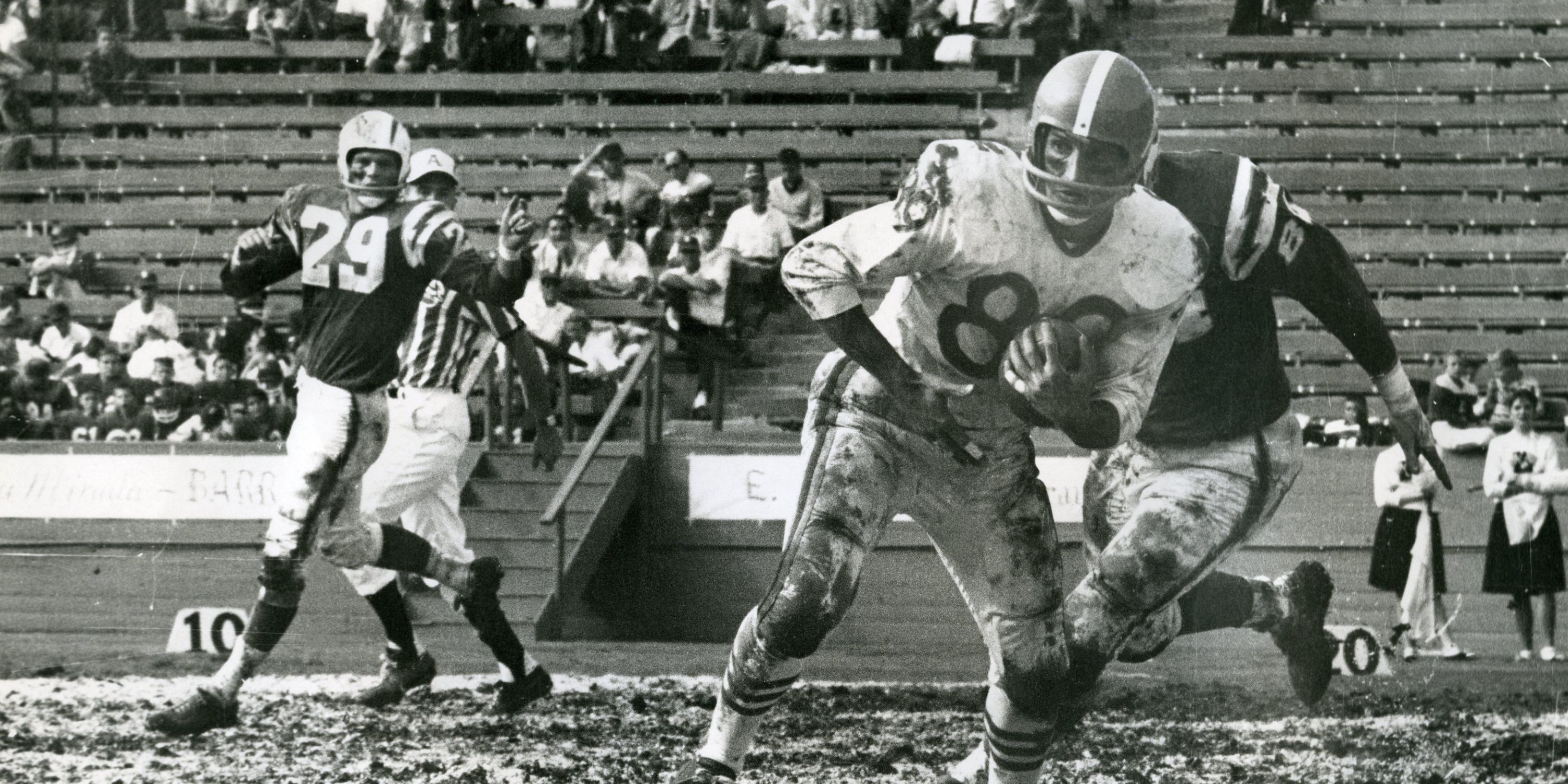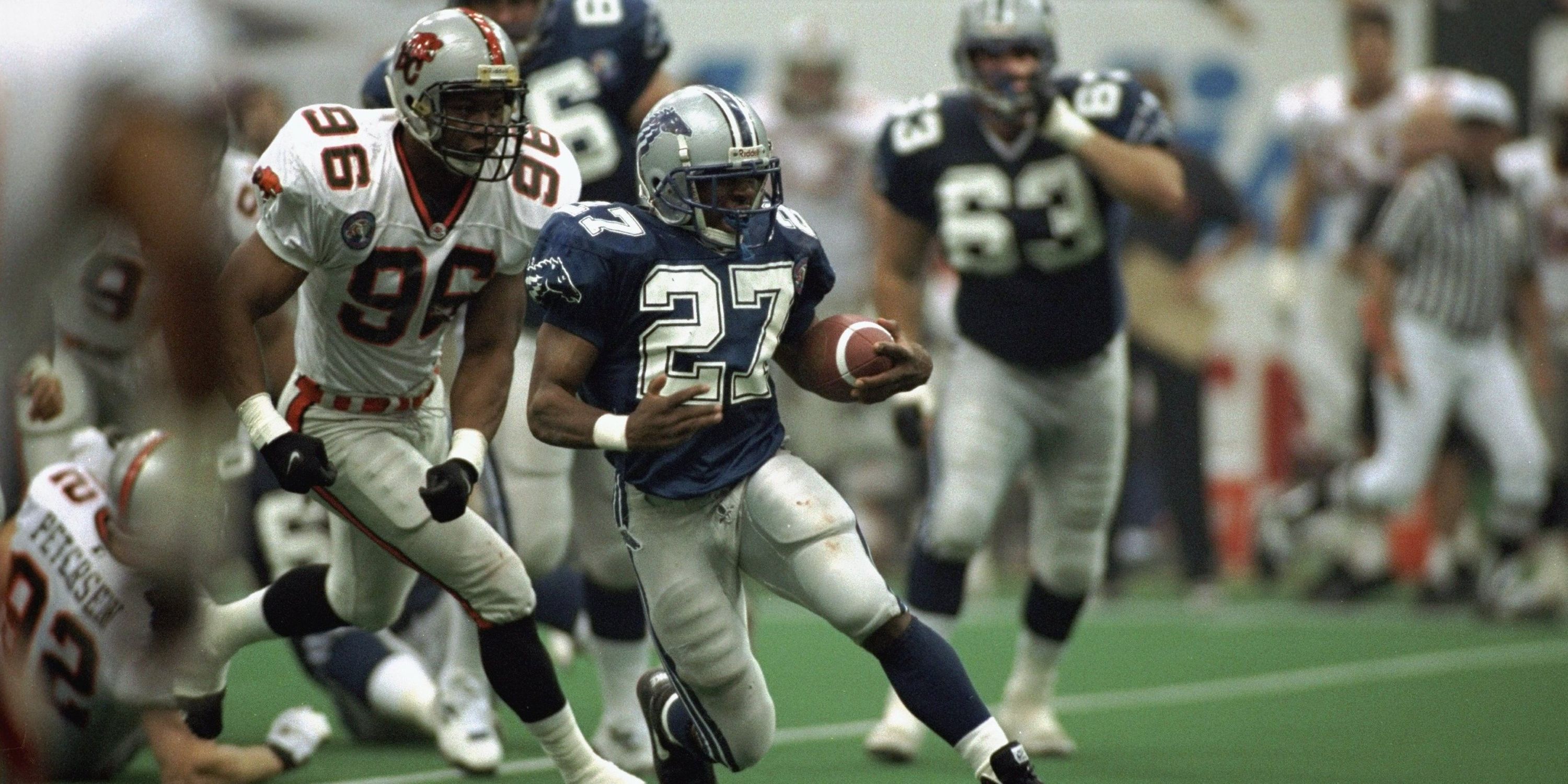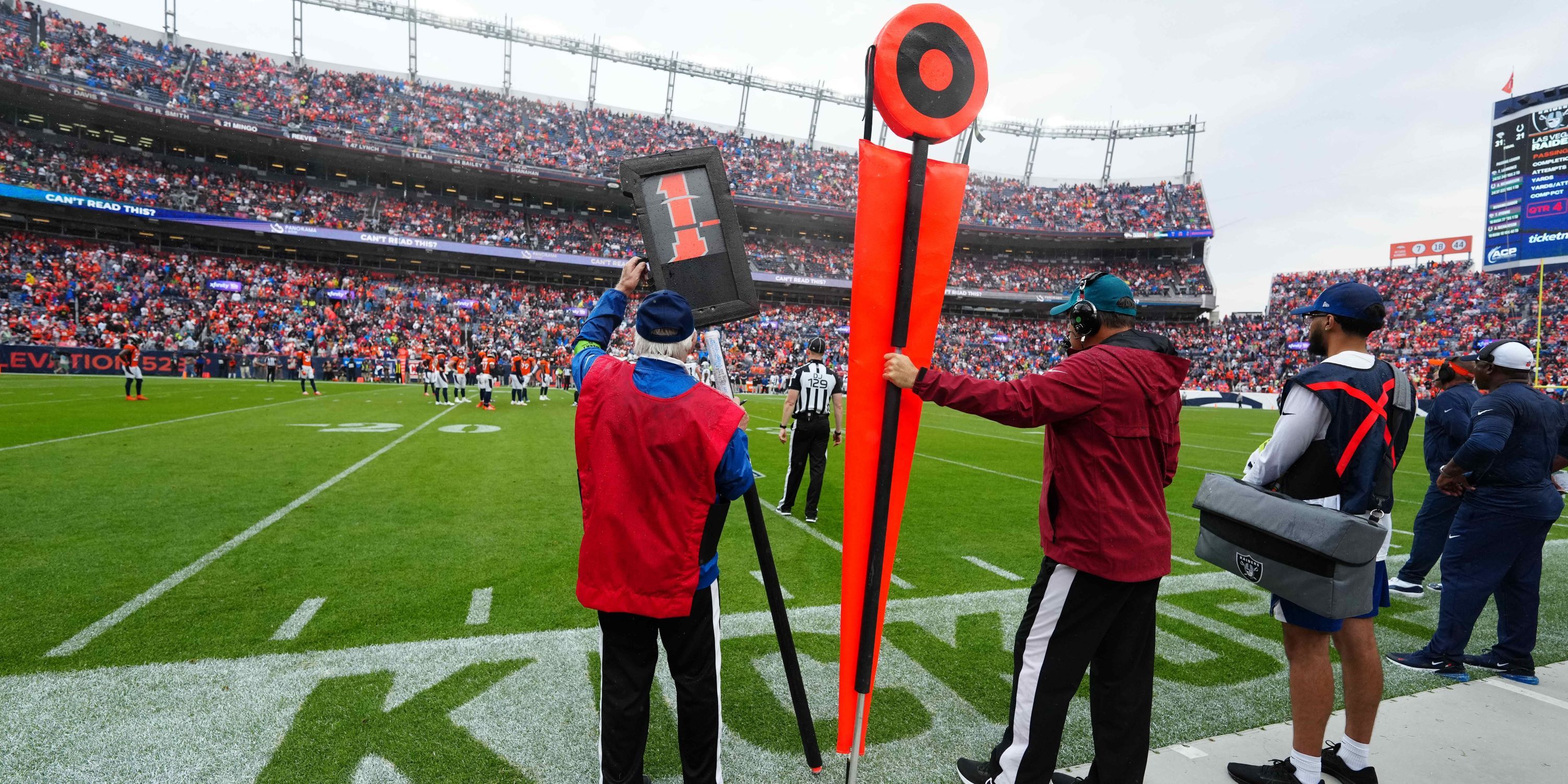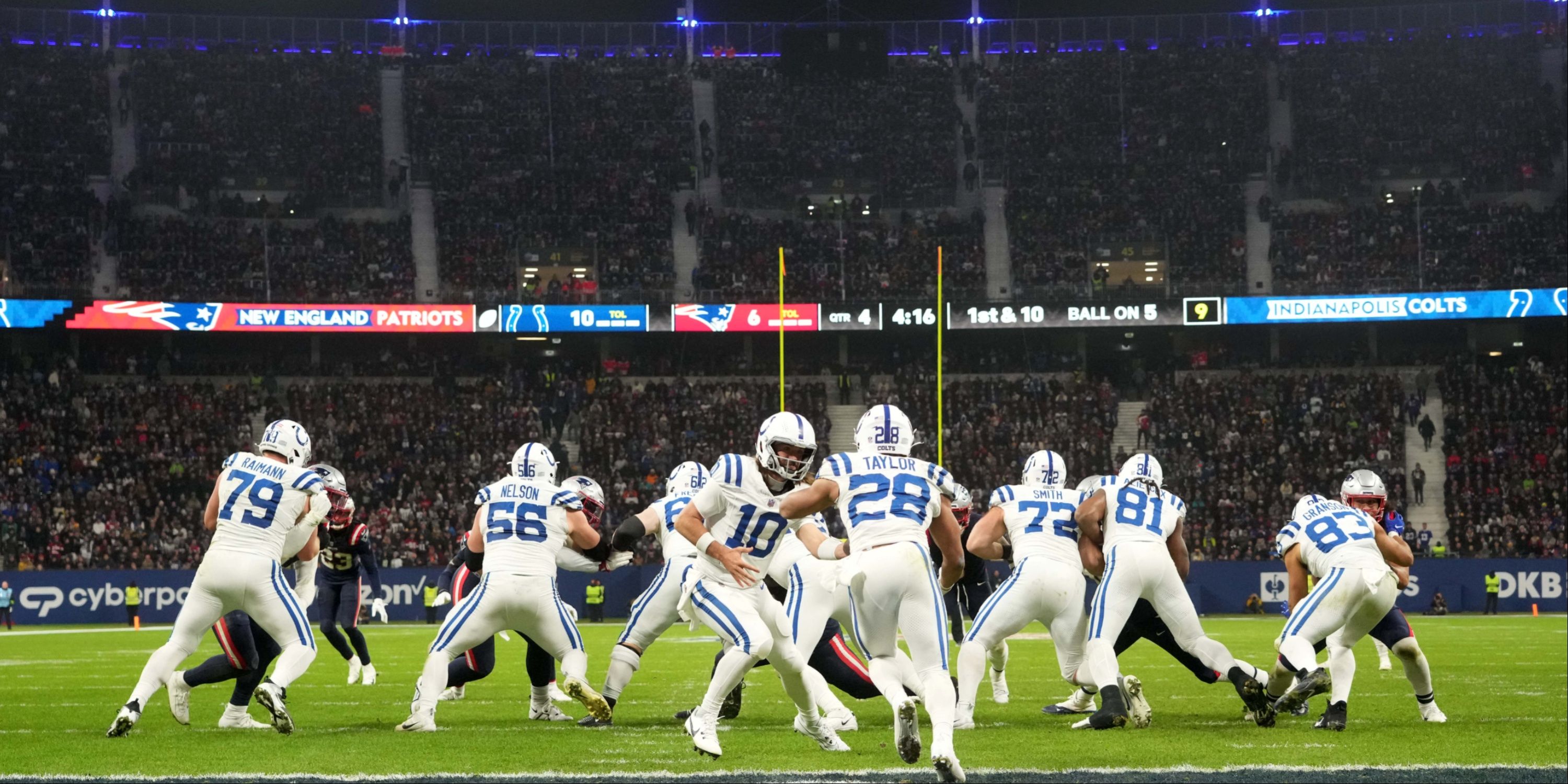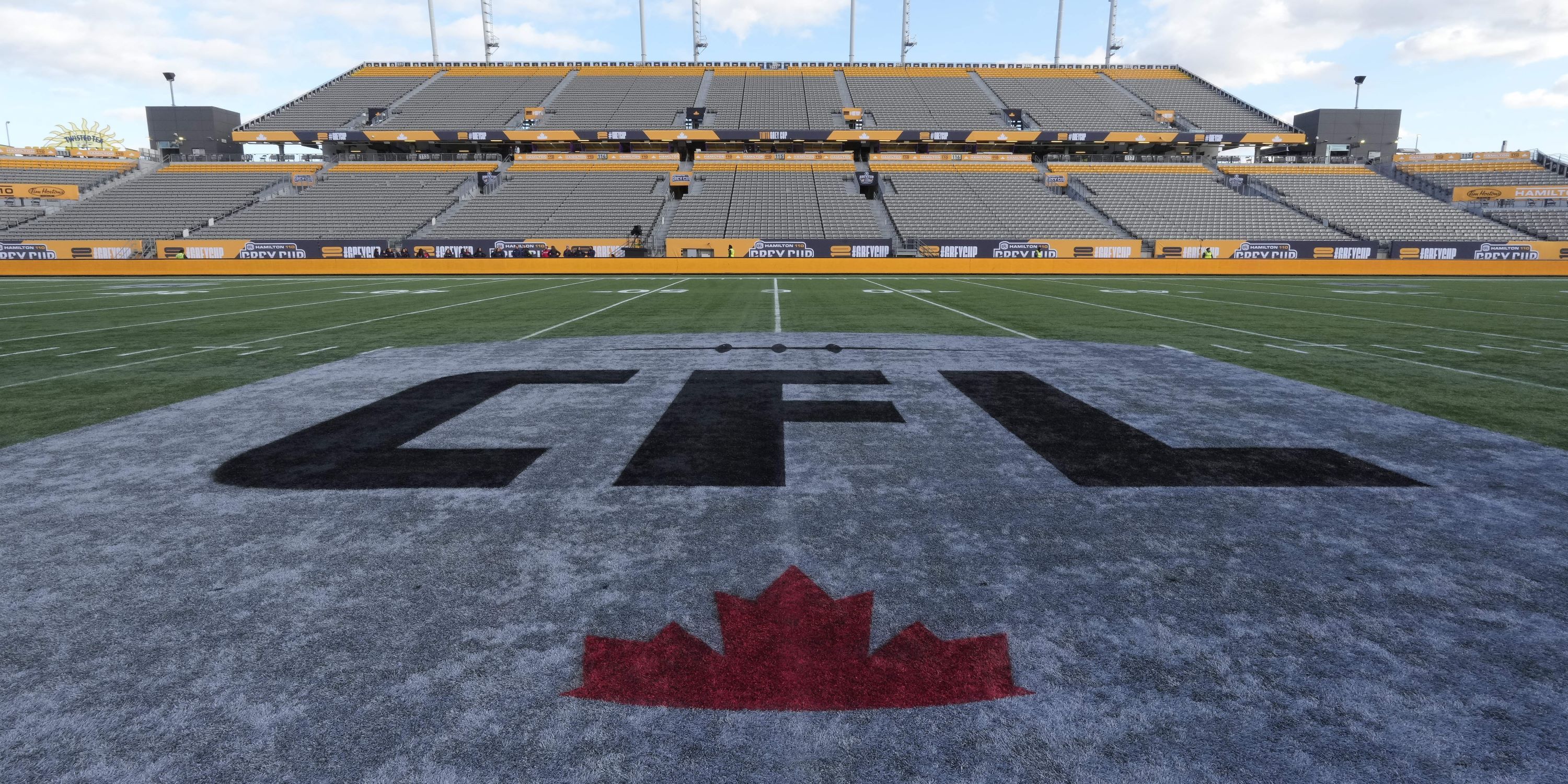Football
What’s the Difference Between Canadian & American Football?
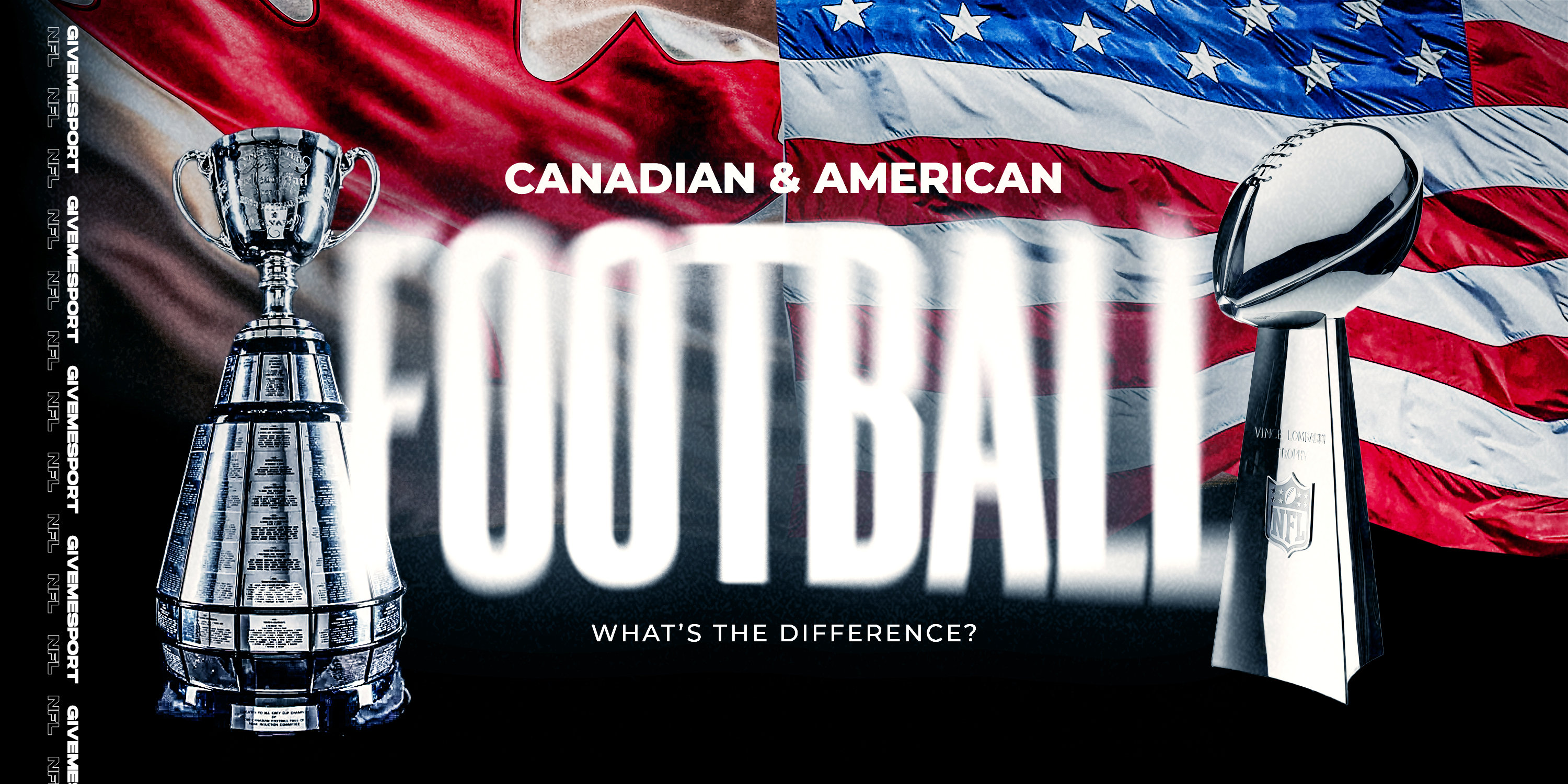
Highlights
- Canadian football and American football have a rich history and share many similarities, but there are also key differences between the two games. Here are some of the most notable differences:
- Number of Downs: Canadian football has three downs instead of four.
- Number of Players: Canadian football has 12 players per side, compared to 11 in American football.
One common misconception about the CFL is that the quality is below average, and any NFL player can just venture up north and dominate. That is far from the case.
Former NFL Pro Bowl WR Chad Johnson found this out when he briefly played for the CFL’s Montreal Alouettes. Looking back on his brief CFL stint, Johnson praised the level of quality among DBs, saying many of them could definitely play in the NFL.
Speaking on the ‘Stacking The Box’ podcast back in 2022, Johnson recalled arriving in the CFL and realizing how difficult it was to transition.
There’s only 1,500 players in the NFL, right? So I go to the CFL, and I’m thinking, Okay, this is going to be a breeze. I get there; first practice, I’m like, Whoa, these dudes are good.
Johnson played in the CFL at 36 years old, three years removed from his last NFL game. He played in just five games during his CFL stint, recording seven catches for 151 yards and a touchdown.
“Every week we would play a different team, Toronto, Saskatchewan, and I’m looking at the landscape like, why are you not down there [in the NFL]?… The numbers. There’s only so many people and certain opportunities. Dude, the CFL was really very surprising because everybody was good. I mean, s***, they were good enough to be down here playing in the NFL.”
While the NFL is undoubtedly the top football league in the world, the CFL is full of exceptional talent as well. But what about the game itself?
What are some key differences on each side of the border for what North Americans call football? Let’s explore some of those.
Related
Chad Johnson Says WR Trio Will Make NFL History In 2024
The three-time All-Pro receiver made a bold proclamation regarding the Dolphins on his nightly podcast with Shannon Sharpe over the weekend.
History of the NFL and the CFL
The CFL’s Grey Cup Championship is 58 years older than the Super Bowl
The origins of Canadian football date back to 1861, in a game that closely resembled rugby. The game we know today as football, adopted its rules in 1880, when Walter Camp proposed a set of rules at the U.S. College Football rules convention that established the foundation for what we know as football in America today. Among Camp’s major innovations were:
- The ‘line of scrimmage’ replacing rugby’s ‘scrum’
- Snap-back from the center
- The game’s points system and system of ‘downs’
- 11 players on each side
Throughout the early 1900s, the game grew in popularity at the collegiate level and eventually a professional football league was established in 1920. We now know that league as the NFL (then known as the American Professional Football Association).
By the early 1900s, the Canadian game adopted rules more similar to American football.
Here are some key dates in Canadian football:
- 1861: The first documented game was played
- 1869: The Hamilton Football Club (later the Tiger-Cats) is founded
- 1891: The Canadian Rugby Union was formed
- 1909: The Grey Cup is established after the trophy is donated by Albert Grey, Governor General of Canada
- 1958: The Canadian Football League (CFL) is established, with the Grey Cup being adopted as its championship
The NFL would eventually find itself rivaling the AFL, an upstart league in 1960 credited with establishing many of the elements of today’s game.
With two leagues, the first Super Bowl was played in 1967 (then known as the AFL-NFL World Championship Game).
The competition proved to be to the NFL’s benefit, as the leagues officially merged into one, with two conferences, prior to the 1970 season.
The CFL’s Expansion Into the United States
For a brief period of time, the CFL expanded south of the border. While the league had traditionally been solely based in Canada, the CFL began experimenting with its potential market in the States.
The CFL had played the occasional exhibition game in America, but by the 1990s, the league was in dire financial straits, with several franchises in danger of folding. It was decided to expand the league into the United States, with the hope that the league’s capital would increase.
Here’s how the league looked in its 1995 season, when the American teams were placed in the South Division and its eight Canadian franchises in the North.
|
The CFL’s 1995 North-South Alignment |
|
|---|---|
|
North Division |
South Division |
|
BC Lions |
Baltimore Stallions |
|
Calgary Stampeders |
Memphis Mad Dogs |
|
Edmonton Eskimos |
San Antonio Texans |
|
Hamilton Tiger-Cats |
Shreveport Pirates |
|
Saskatchewan Roughriders |
Birmingham Barricudas |
|
Ottawa Rough Riders |
—– |
|
Toronto Argonauts |
—– |
|
Winnipeg Blue Bombers |
—– |
*The South Division’s Las Vegas Posse franchise was suspended and folded prior to the season
The league’s expansion didn’t last long (1993-1995) before all American franchises either folded after the 1995 season, or relocated to a Canadian market.
The expansion was a short-lived experiment, but definitely was a fun chapter in the CFL’s history.
Rule Differences That Fans Should Know
Number of downs is likely the first thing fans will notice
Now that we know some history behind both leagues, let’s get down to the game itself.
Perhaps the first thing fans will notice when tuning in for a CFL game will be the difference in downs compared to football south of the border.
Rather than the standard four downs, Canadian football only has three downs.
Having one fewer down means plays on first down are typically designed to gain more yards than the standard first-down play in the NFL or NCAA.
Fewer downs also mean it is extremely common in Canadian football to go for it on third and short. While introducing analytics into the NFL has led to more coaches going for it on fourth down, it’s long been a standard practice in the CFL. In fact, most Canadian teams have a short-yardage quarterback specialist. They mostly see action on third down and near the goal line.
Traditionally, the CFL has been more of a passing league than the NFL, given that it has fewer downs. However, the NFL has majorly shifted to a vertical game as well in recent years.
The CFL has 12 players per side, compared to the NFL’s 11
Back in the 1800s, Walter Camp reduced the number of players per side from rugby’s usual 15 to 11. Canadian football, however, includes 12 players per side, likely due to the wider field dimensions, which we’ll get to later.
As far as what the CFL does with the extra player, that slot typically goes to a slot receiver. The tight end is practically non-existent in the CFL, though the extra lineman occasionally will get involved in the passing game.
On the defensive side, the NFL typically uses two safeties in its formation, while the CFL typically opts for a single safety and two halfbacks.
The Rouge (a single point awarded when the ball is dead in a team’s own goal area)
If you’re a football fan tuning into a Canadian game, you’ll likely find yourself confused as to why a single point is awarded on the occasional kickoff, punt, or even missed field goal.
That single point is referred to as a rouge (French for red).
The official definition of a rouge is as follows, according to CFL DB:
- when the ball becomes dead in possession of a team in its own Goal Area or,
- when the ball touches or crosses the Dead Line or a Sideline in Goal, and touches the ground, a player or some object beyond these lines.
Since this type of score exists, games can technically be won off a missed field goal, or punt that goes through the end zone. That lends itself to the occasional confusing finish, such as this 2010 contest between Montreal and Toronto.
On the play, Montreal kicker Damon Duval’s field goal goes wide. However, with the ball in the end zone, Toronto needs to clear the end zone in order to avoid conceding a point.
The ball is kicked out and the standard rules of a punt apply, which include the kicking team needing to give the returner five yards of space (otherwise be penalized for a no-yards penalty).
The ball is kicked back into the end zone, putting the onus back on Toronto to kick it out. The ball doesn’t make it out, making it a live ball, and the Alouettes recover, with the score now counting as a touchdown.
American football meanwhile, only has a touchdown, worth six points, a field goal worth three and a safety worth two (which are all the same in Canadian football).
According to the CFL rule book, via CFL News Hub:
The motion player must start from behind the line of scrimmage; players on the line cannot be in motion
. In Canadian football, all offensive backfield players, except the quarterback, maybe in motion at the snap; players in motion may move in any direction as long as they are behind the line of scrimmage at the snap.”
In the CFL, all offensive backfield players, except the quarterback, may be in motion at the snap, as long as they are behind the line.
In American football, on the other hand, players must be set at or behind the line of scrimmage when the ball is snapped.
After all players are set, only one offensive player is allowed to be in motion, and cannot be moving towards the line while the ball is snapped. The motion player must start from behind the L.O.S and players on the line can’t be in motion.
Other key rule differences between the two countries
Obviously, the full set of rules would be too long to go through, but here are some other differences fans should know about the Canadian game.
- Each team only has two timeouts per game in the CFL; NFL teams getting three each half
- No fair catches in the CFL – instead players must give the returner a five-yard buffer to catch the ball
- The CFL has a three-minute warning instead of a two-minute warning
- College clock rules apply in the last three minutes of a CFL game, with the clock stopping after each play
- CFL overtime rules closely resemble the NCAA’s, with each team exchanging possessions.
- In the CFL, if a ball is fumbled out of bounds, possession goes to the last team to touch it. In the NFL, clear possession must be established instead.
There are many more we could list, but these should get you started if you’re attempting to follow a CFL game.
The CFL has Wider Field Dimensions
Canadian football has a 110-yard field to America’s standard 100 yards.
Watching a Canadian football game, fans will notice the difference in field dimensions.
The Canadian field is both longer and wider than the American field. The endzones are also longer, and the field is wider. Another key difference is the uprights being placed at the front of the endzone rather than the back. That means the uprights can play a factor on an offensive play. If a ball touches the upright in any way on an offensive play, it’s considered a dead play.
Let’s take a look at the full field dimensions in both gamesL
|
American and Canadian Football Field Dimensions |
||
|---|---|---|
|
Category |
American |
Canadian |
|
Field Length |
100 yards |
110 yards |
|
Field Width |
53.3 yards |
65 yards |
|
End Zone Length |
10 yards |
20 yards |
There is some debate as to which league is harder to score points in. On one hand, the offense must go a further distance to score in the CFL and have fewer downs to do so. On the other hand, it is more difficult to find open space on an American field.
Ultimately, whatever league you follow, the bottom line is to just enjoy football. Both the American and Canadian games have their own merits and issues, but each can provide excitement when you tune into a game.
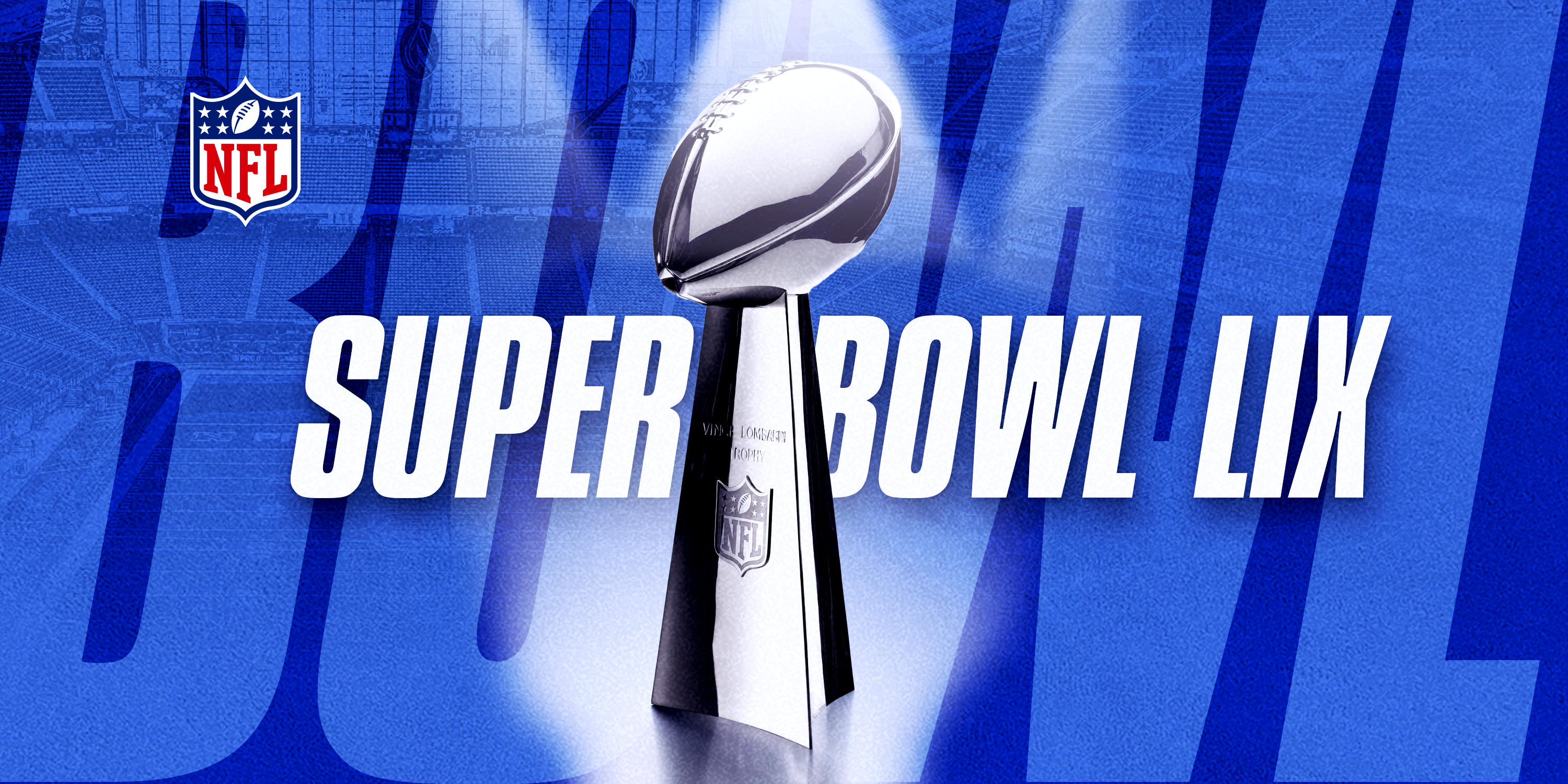
Related
2025 Super Bowl Odds: Super Bowl 59 Odds For All 32 NFL Teams
The two-time defending champion Chiefs are the current betting favorites to win Super Bowl 59, but the 49ers aren’t far behind.

